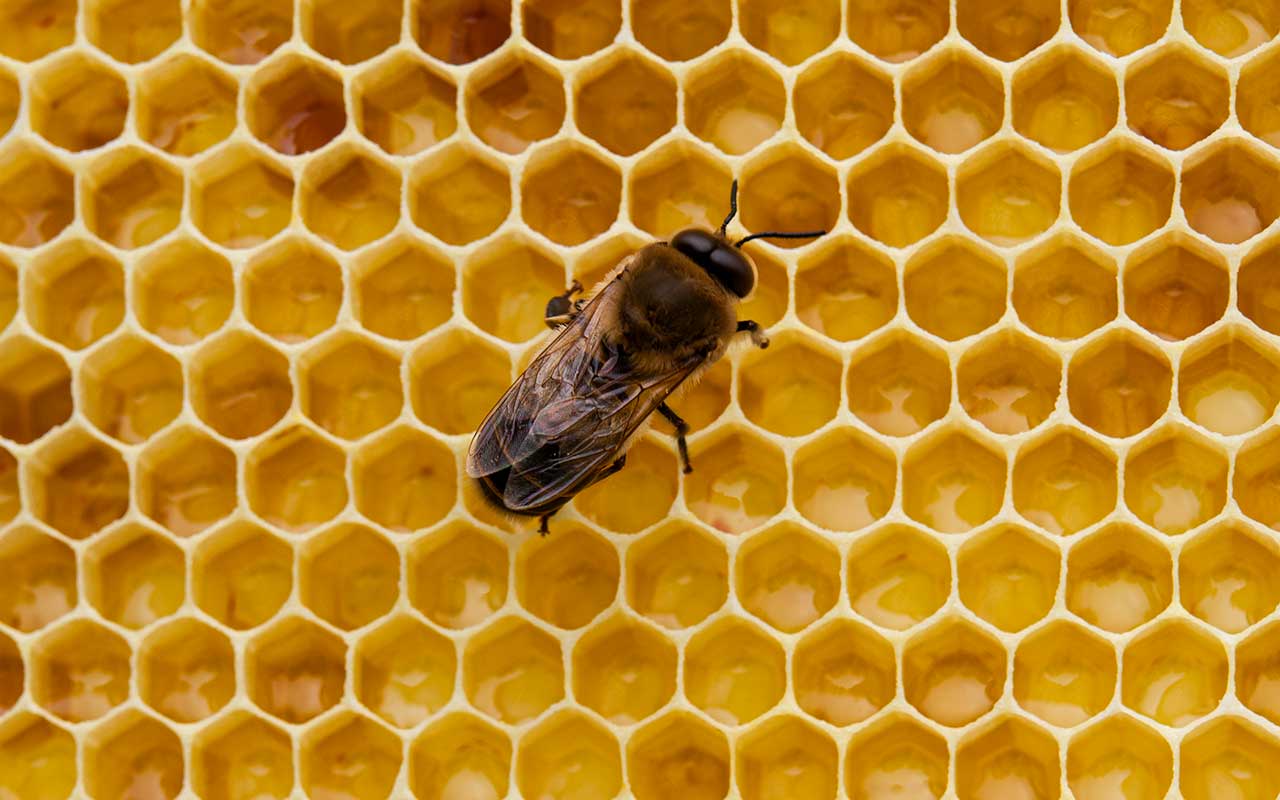Our Environment, Animal Tips & the Great Outdoors

Celebrating World Bee Day
World Bee Day takes place on May 20 and celebrates the importance of bees and other pollinators in our environment and ecosystems. World Bee Day was officially declared by the UN in 2018 thanks to the efforts of the Slovenian government and the International Federation of Beekeepers’ Associations.
The date was chosen because it is the birthday of Anton Jansa, a pioneer of modern apiculture. Jansa came from a family of beekeepers in Slovenia, where beekeeping is both a vital agricultural activity and long-standing tradition.
According to Cornell College of Agriculture and Life Sciences, there are about 450 bee species in New York State.
The bees of New York State
The majority of bees (54%) in New York State are digger bees, which are ground-nesting, solitary bees. According to Cornell, 70% of all of the species of bees nest underground. In North America, many of these ground bees become active during early spring.
One of the most common ground-nesting bees is Colletes and although they are solitary bees, many females build their nests next to each other.
“Unlike social bees and wasps, solitary species are not aggressive insects even though females do have sting,” Cornell reports. “These bees will not attempt to sting humans unless handled. Most activity at nest sites in early spring is of males looking for females to mate with and male bees cannot sting.”
Many ground-nesting native bees can be found in your background and provide important ecological services including pollinating plants around the yard and in gardens. Andrena species of bees are important pollinators of crops like apples, blueberries, and cherries.
You may be surprised to find out that the honey bee, the most widely managed bee worldwide, is not actually native to North America. Honey bees were originally imported from Europe in the 17th century and now help to pollinate many crops in the US.
According to the NYS Department of Agriculture, each year “thousands of bee colonies are used throughout the state to pollinate more than $300 million worth of agricultural crops such as apples, grapes, and pumpkins.”
New York is also home to more than 60,000 of the bee colonies used each year, while additional colonies are shipped in from other regions of the country to make up the remainder.
“Providing pollination services is a growing business and contributes a significant portion of income to beekeepers in addition to profits from honey and other hive products,” Cornell reports.
Trends in beekeeping
We spoke to local beekeeping legend, Gino Robustelli, about the recent trends in beekeeping that he’s witnessed. Gino manages the bees at Harney Tea Factory, which help pollinate their hemp fields, manages the honey bee program at Silo Ridge in Amenia, NY, and installs bee hives for folks looking to get immersed in beekeeping.
Gino has been practicing beekeeping in the area for over 40 years, so he’s certainly seen his fair share of changes in bee trends. He started doing bee hive installations in the 1990s, but a failure in education as to how to take care of bees caused many of the installations to be unsuccessful.
Now, Gino spends a lot of time educating his clients prior to installation. First, he’ll bring prospective beekeepers to Silo Ridge or Harney Tea where he works with the hives so that they can get firsthand experience taking care of the bees and seeing how the hives operate.
He then works closely with them to teach them how to take care of the bees. He visits his clients daily for a week following the installation to see how they’re faring, then follows up once a month after.
“I make myself very available so people don’t get discouraged,” he said. “It changes people’s personalities.”
Gino gets many of his hives from other beekeepers who don’t want to do it anymore. Many of them come from nearby either in Dutchess or Orange counties, but he occasionally has to travel further to pick them up.
What’s one thing that Gino wants everyone – not just beekeepers – to know?
“Plant flowers, please.”
Honey bees are among the most important pollinators, and Gino said that there is a decline in pollinators in part to the lack of flowers being planted in the area.
“Everyone is planting sterile landscapes and gardens that are just greenery. The problem with that is that foraging is then limited for bees, and if you limit their food, you kill them,” he said. “If you plant less flowers, then they have less food.”
To learn more about how to help the declining bee population, read our story here.


